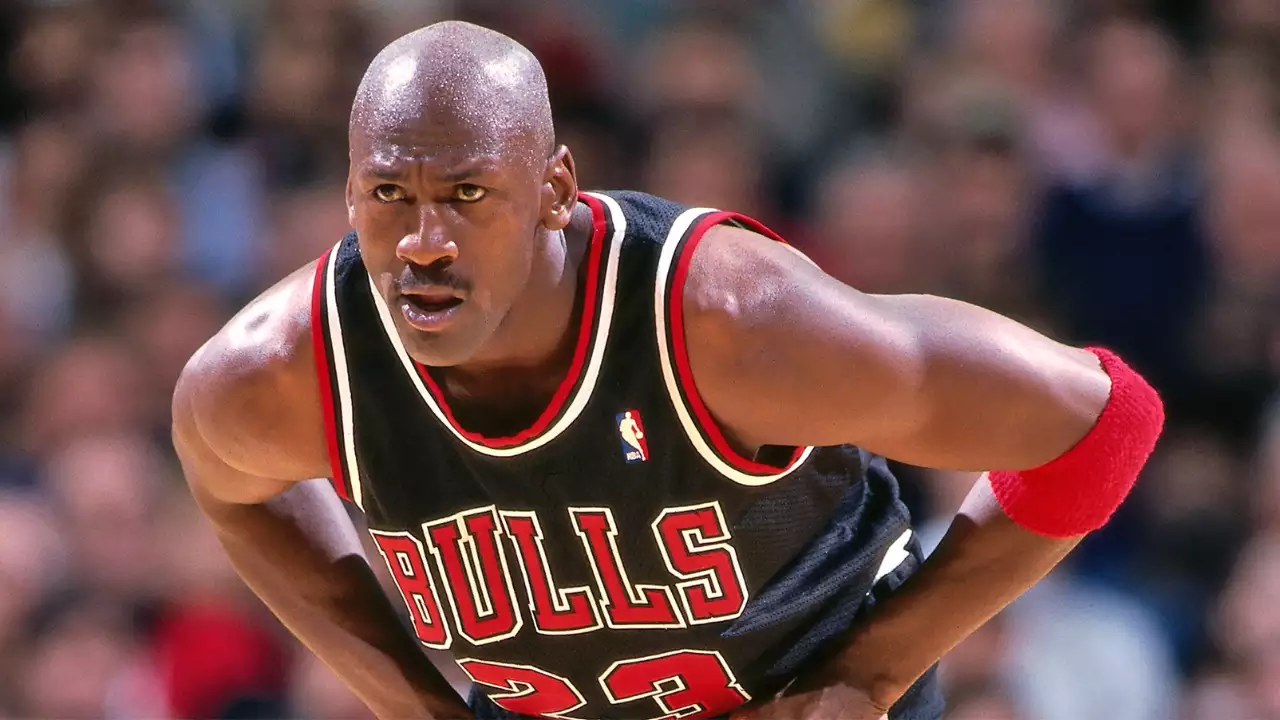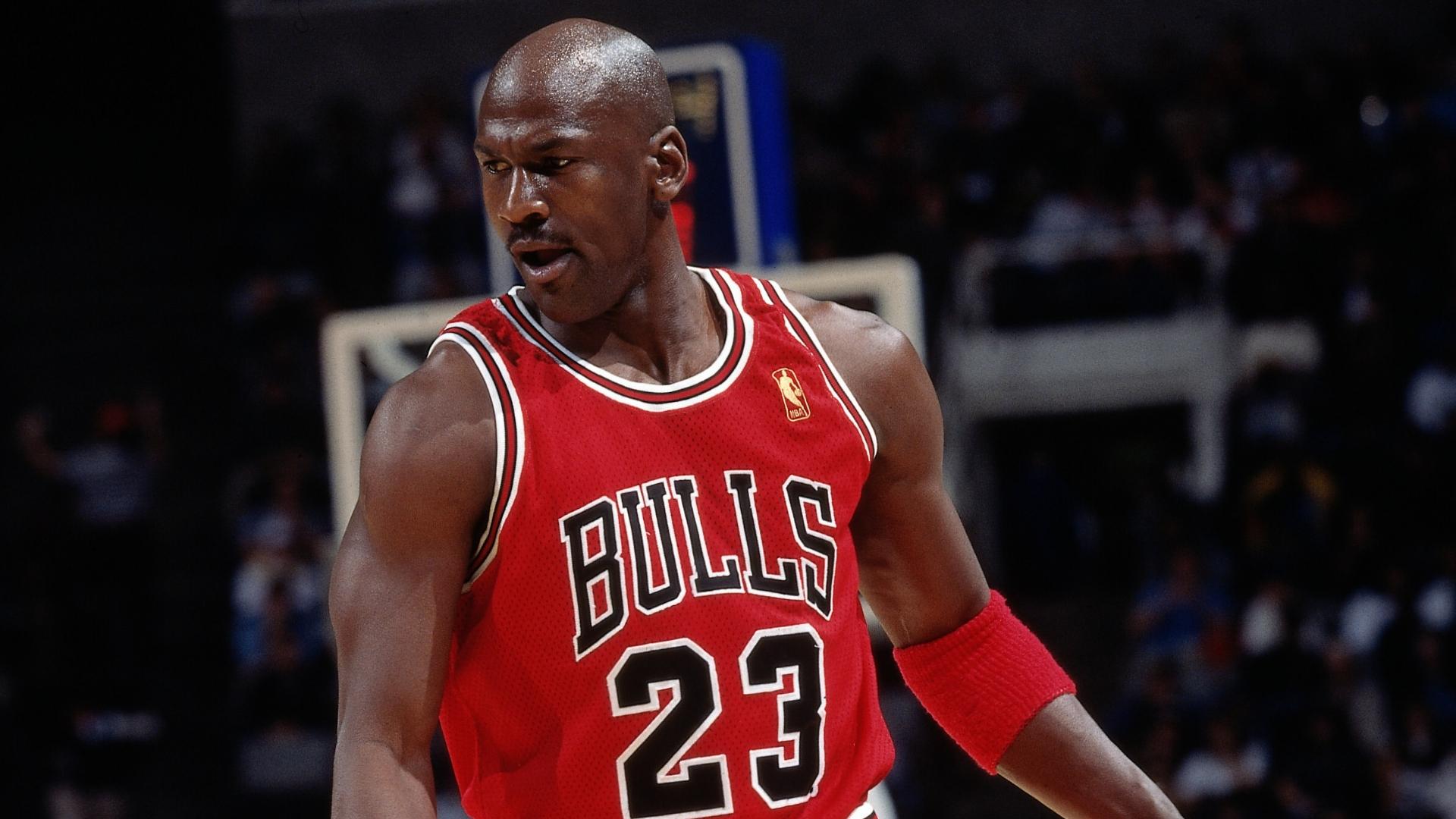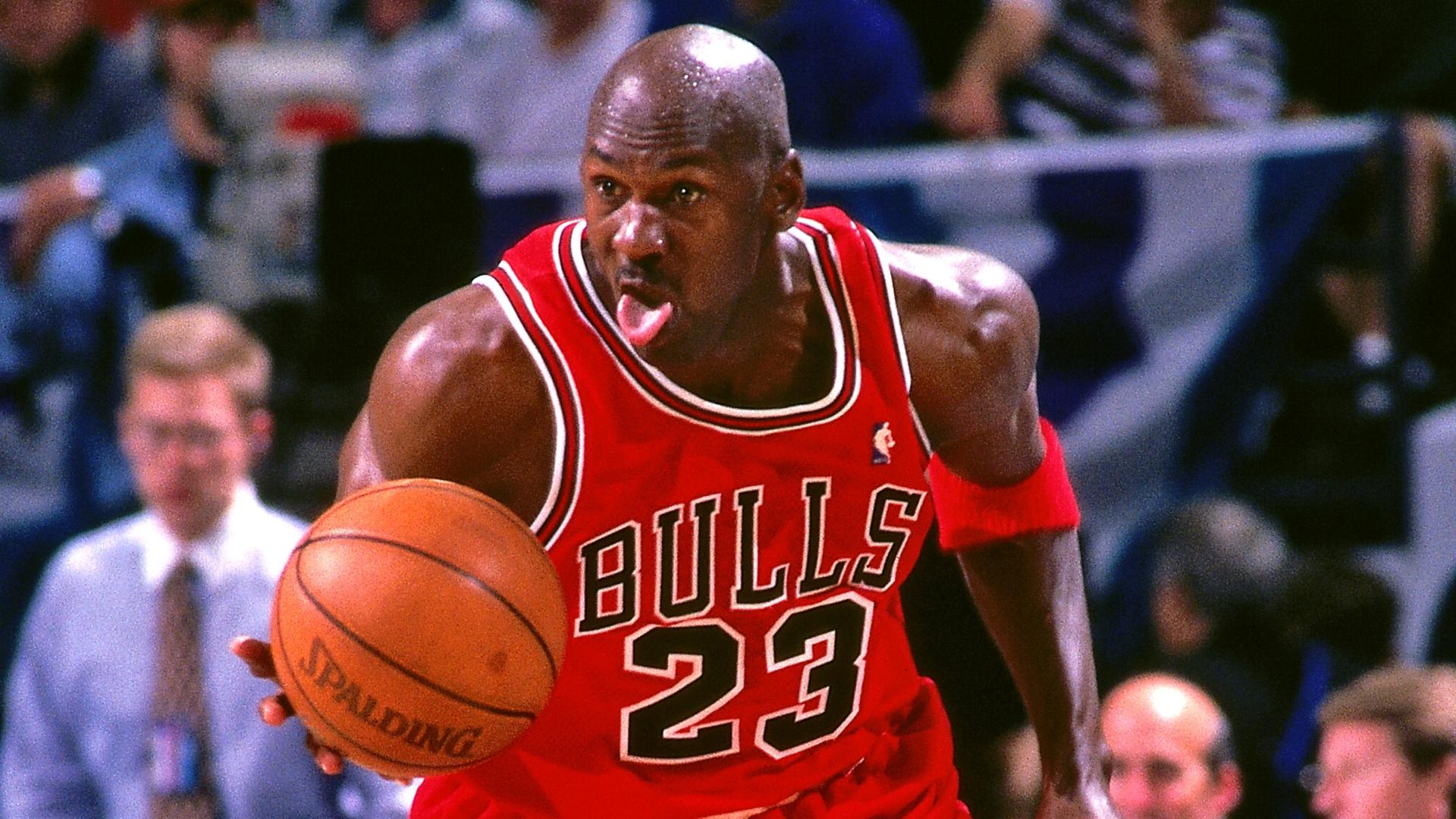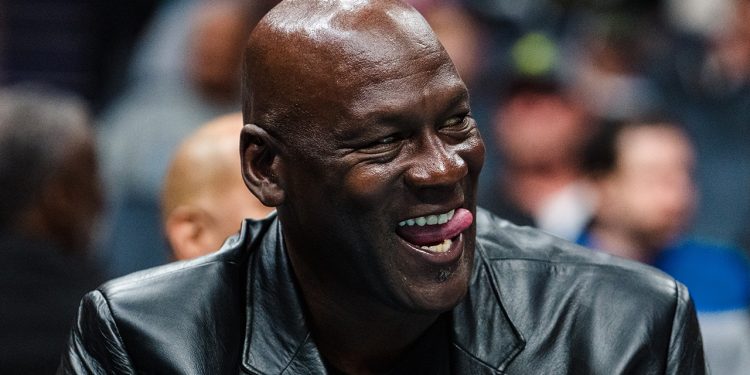In the fast-paced world of NBA basketball, shifts in strategy can redefine the parameters of the game itself. Over the last several decades, a handful of players have not only excelled on the court but have also engineered dramatic shifts in how the game is played. Kirk Goldsberry’s latest literary endeavor, Hoop Atlas, delves deep into this phenomenon, highlighting the players responsible for these game-changing tactics.

Michael Jordan and the Reluctance Towards the Three-Pointer
It’s hard to discuss basketball innovations without mentioning Michael Jordan, whose dominance defined an era. Interestingly, during the peak of his career in the early 1990s, Jordan famously eschewed the three-pointer.
“My 3-point shooting is something that I don’t want to excel at because it takes away from all phases of my game,” Jordan contended, emphasizing a preference for driving and penetrating over long-range shooting. This mindset reflects a broader hesitancy of the era, where the three-pointer was seen more as a last resort than a strategic advantage.
The Three-Point Revolution: A Paradigm Shift
Despite early resistance from icons like Michael Jordan, the three-pointer has since become a cornerstone of modern basketball strategy, largely thanks to players like Stephen Curry and teams that embraced analytics, such as Daryl Morey’s Houston Rockets. This transformation was not instantaneous but evolved gradually as the benefits of the three-point shot—a full 50% more valuable than two-point shots—became undeniable.
The Emergence of the “Do-It-All Big Man”
Another significant shift highlighted in Hoop Atlas is the recent resurgence of centers in the NBA, a position many thought was becoming obsolete with the rise of sharpshooting guards. However, the last four MVP awards going to centers illustrates a new era of versatile big men who can do it all, challenging the notion that the center role was on the brink of extinction.

The Tactical Innovations of Bruce Bowen and the Corner Three
The strategic deployment of the corner three-pointer is another fascinating evolution in basketball tactics. Initially, players like Bruce Bowen were utilized primarily for their defensive prowess and occasional three-point shooting.
However, as teams began to realize the defensive and offensive value of guarding and exploiting the corners, this strategy became integral to game planning. This gradual appreciation for the corner three-pointer exemplifies the slow but steady acceptance of three-point shooting as a critical component of modern basketball.

NBA: The Continuous Evolution of Basketball Strategy
As we reflect on these pivotal changes, it becomes clear that the evolution of basketball strategy is a testament to the adaptability and ingenuity of its players and coaches. From Michael Jordan‘s midrange mastery to the three-point revolution and the reinvention of the center position, each shift has left an indelible mark on the game.
Not only does Goldsberry chronicle these shifts in Hoop Atlas, but he also gives a lens through which to observe the forward-looking trajectories of basketball strategy. The book is a testament to how past inventions impact the present and future of the game, and as such, it is an essential read for anybody who is interested in the complexities of the growth of basketball.
As the NBA continues to evolve, the lessons from past superstars and the strategies they pioneered will undoubtedly influence generations of players to come. In the ever-changing landscape of professional basketball, understanding these shifts is crucial for anyone looking to appreciate the game at a deeper level.










